By: Dr. Ali B. Panda*
 Obviously, transportation concerns the transfer of products from a source such as a plant, factory, or work-shop to a destination such as a store house, customer, or retail store. Transportation may take place via air, water, rail, road, pipeline, or cable routes, using, ships, planes, trains, trucks, and telecommunications apparatus as the means of transportation.
Obviously, transportation concerns the transfer of products from a source such as a plant, factory, or work-shop to a destination such as a store house, customer, or retail store. Transportation may take place via air, water, rail, road, pipeline, or cable routes, using, ships, planes, trains, trucks, and telecommunications apparatus as the means of transportation.
The aim for any business proprietor is to lessen transportation costs while also meeting demand for products. Transportation costs generally depend upon the distance between the source and the destination, the means of transportation chosen, and the size and quantity of the product to be shipped. In many cases, there are several sources and many destinations for the same product, which adds an important level of intricacy to the problem of minimizing transportation costs.
Good means of transportation, including the infrastructure facilities, can facilitate economic growth and development. They are considered as requisites to make people involve in gainful economic activities. Getting them directly and actively in such activities is the best mode at this time in changing their mind and attitude workable towards economic development.
Also Read: Saudi Arabia Wins Bid to Host World Expo 2030
Many places wherein people find difficulty in transporting goods and commodities. This is observable in Muslim areas in Mindanao since some roads are rough and barred from one municipality to other municipalities within a province. For instance, a rough roads is also seen in some places from Pagadian to Zamboanga and no accessible road from Wao bound to its nearby municipalities, example Maging, both are situated in the same province.
A travelers from Marawi City, Ramain and nearby municipalities can only go to Wao via Iligan, Cagayan and Bukidnon, both are situated in Lanao del Norte and Cagayan de Oro, respectively. In the same manner, local airports in Baloi, Cotabato City and Jolo are non- operative and they are now allegedly under repairs. This barred among businessmen, including foreign traders and investors, to come and go to nearby places in Mindanao for business venture.
The slow implementation of socio-economic development projects has something to do with the probity and credibility of the executors. They are not sincere for the socio-economic development of the people. This manifest the need for an immediate installation or construction of vital infrastructure as an added incentive to attract and promote investors to the region. We are very thankful to both government and non-government organizations who have manifested their supports for the rehabilitation and development of the conflict affected Muslim Filipino areas.
Philippine government has promulgated its policy direction. Some of which are: the design of infrastructure projects and operation of public utilities; and the integrated area development approach in planning, programming and implementation of complementary support infrastructure, eg., roads, irrigation facilities, water supply, etc. This policy and its realization can speed up trade, productive investment and industrial activities. In the Muslim areas, the completion of road network can facilitate the exchange of goods and service between the places or provinces therein. We can see the huge of agricultural and industrial products in different markets if such network are well constructed and developed.
Also Read: 148 Products from Indonesia Promoted at Sarawat Superstore Jeddah
The huge of economic resources in Muslim Filipino areas invite both local and foreign investors and it, therefore, requires roads network in order to speed up the transfer of products from a source to the Markets. (Imt/R04)
Mi’raj Islamic News Agency (MINA)
Also Read: Packaging Industry Supports Halal Ecosystem





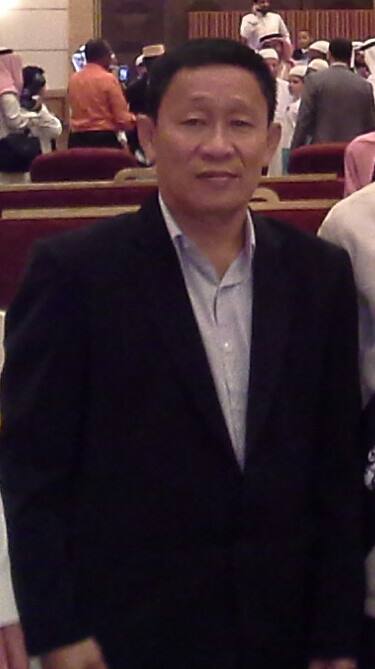

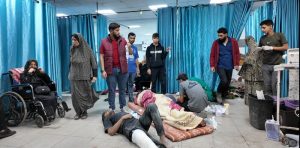
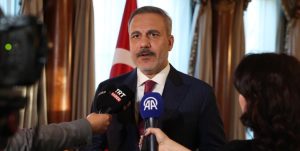

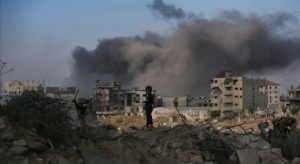


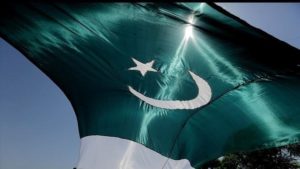
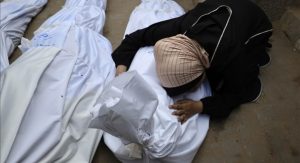
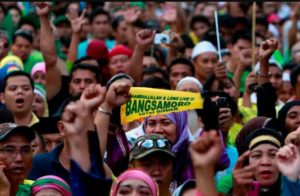


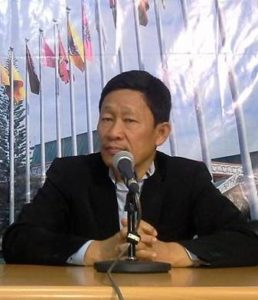



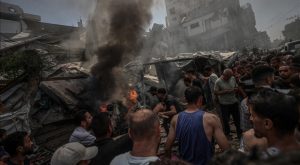


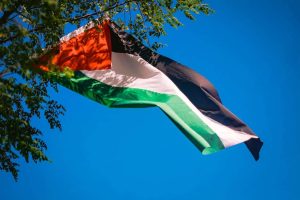
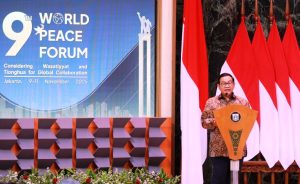





 Mina Indonesia
Mina Indonesia Mina Arabic
Mina Arabic